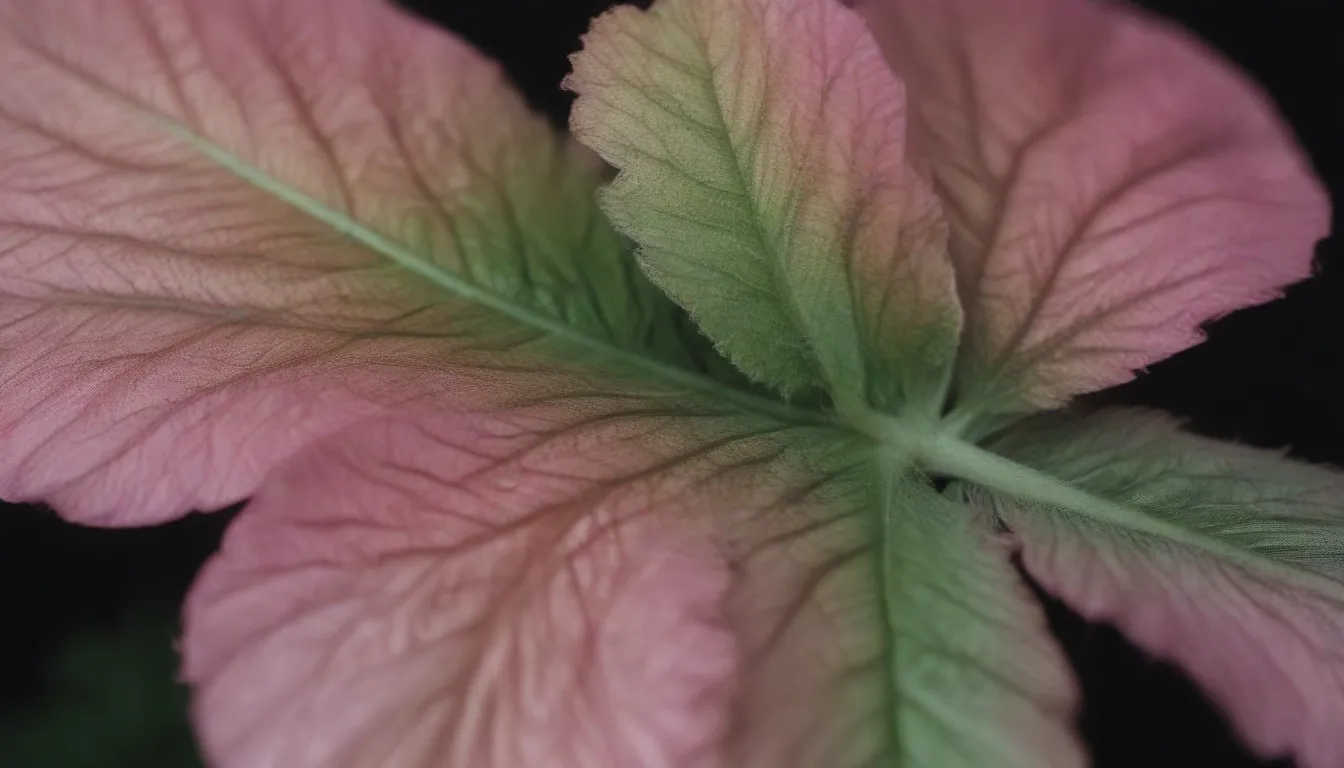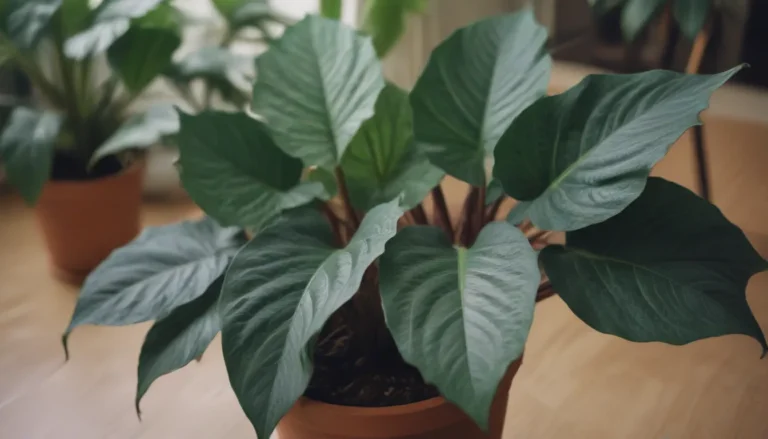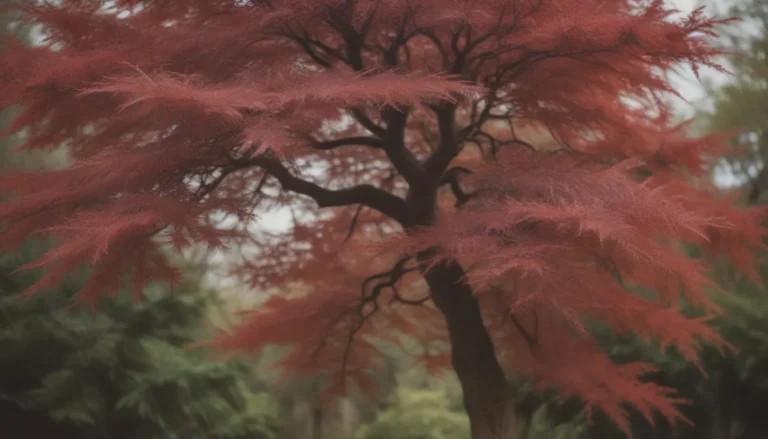Understanding Geranium Leaf Discoloration: A Comprehensive Guide

Geraniums are beloved plants known for their vibrant blossoms and lush foliage. However, seeing yellow leaves on your geranium can be concerning. In this guide, we will explore the seven common reasons why geranium leaves turn yellow and provide valuable insights on how to address each issue effectively.
Identifying Your Geranium Variety
Before delving into the potential causes of yellowing leaves, it is essential to determine the specific type of geranium you are dealing with. While many refer to various plants as geraniums, true geraniums belong to the Geranium genus, while zonal and regal geraniums are actually annuals in the Pelargonium genus. Distinguishing between these varieties is crucial, as the aging process differs for each.
- True Geranium: Yellowing leaves signify an issue that needs attention.
- Pelargonium (Zonal or Regal Geranium): Yellowing and dieback of leaves may be part of the natural aging process.
Common Reasons for Geranium Leaf Yellowing
- Overwatering
-
Hardy geraniums are adapted to dry conditions and only require watering when the top inch of soil feels dry. Overwatering can lead to yellowing leaves. To prevent this issue, plant your geranium in well-draining soil and ensure proper drainage in containers.
-
Underwatering
-
While geraniums are drought-tolerant, prolonged periods of dryness can result in yellowing leaves. Water your plant when the top layer of soil is dry, ensuring thorough hydration to reach the root system.
-
Lack of Sunlight
-
Most geranium varieties thrive in full sun to partial shade. Inadequate sunlight can cause leaves to turn yellow. If possible, relocate your plant to a sunnier spot or trim surrounding vegetation to allow more light.
-
Cold Weather Effects
-
Hardy geraniums experience leaf yellowing as they enter dormancy in fall and during late spring cold snaps. This seasonal change is normal, and new growth will replace discolored leaves once conditions improve.
-
Nutrient Deficiency
-
Geraniums may require additional nutrients if planted in poor soil. Apply a balanced slow-release fertilizer annually in spring. Micronutrient deficiencies, particularly magnesium, can result in yellowing leaves. Consider a fertilizer containing magnesium or conduct a soil test for precise supplementation.
-
Diseases
-
Bacterial blight and southern bacterial wilt are common diseases that can cause geranium leaves to yellow and wilt. Look for symptoms such as water-soaked spots, yellow areas, and wilting foliage. Prompt removal and disposal of infected plants are crucial to prevent disease spread.
-
Herbicide Damage
- Yellowing leaves may indicate herbicide injury caused by overspray or drift. To mitigate the impact, thoroughly water the soil to flush out excess chemicals that could harm the plant’s roots.
Taking Action for Healthy Geraniums
Understanding the reasons behind geranium leaf yellowing is the first step towards effective plant care. By addressing these issues promptly and implementing appropriate solutions, you can help your geraniums thrive and flourish. Remember to observe your plants regularly, provide optimal growing conditions, and intervene when necessary to maintain vibrant, green foliage.
With proper care and attention, your geraniums will reward you with lush foliage and vibrant blooms, enhancing the beauty of your garden or indoor space. Stay vigilant, keep your plants happy, and enjoy the joy of nurturing these beloved botanical beauties.





